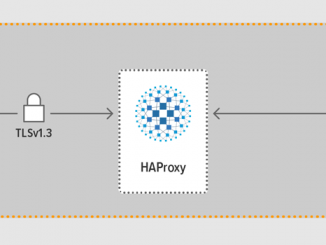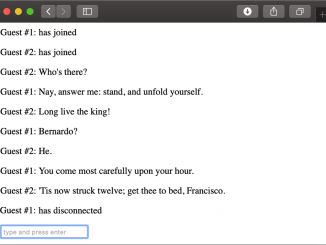
Hello, New API – Part 1
Hello, New API – Part 1 Learning a new system API may feel like a daunting task. As a network engineer you may feel unsure about how to begin. Fortunately, the way to learn any API‑based system – whether a controller product, a cloud system, or even a device API – follows the same set of steps. In this post, I guide you through the initial steps and highlight key aspects to note as you are learning to use a new API. You may be using commercial products and open source projects; for convenience, here the term product refers to both. This first post in a two‑part series focuses on documentation, client libraries, and API authentication. Part 2 will focus on API read‑only and read‑write activities. Documentation The first step is to locate the API documentation, and the first item to look for [ more… ]


